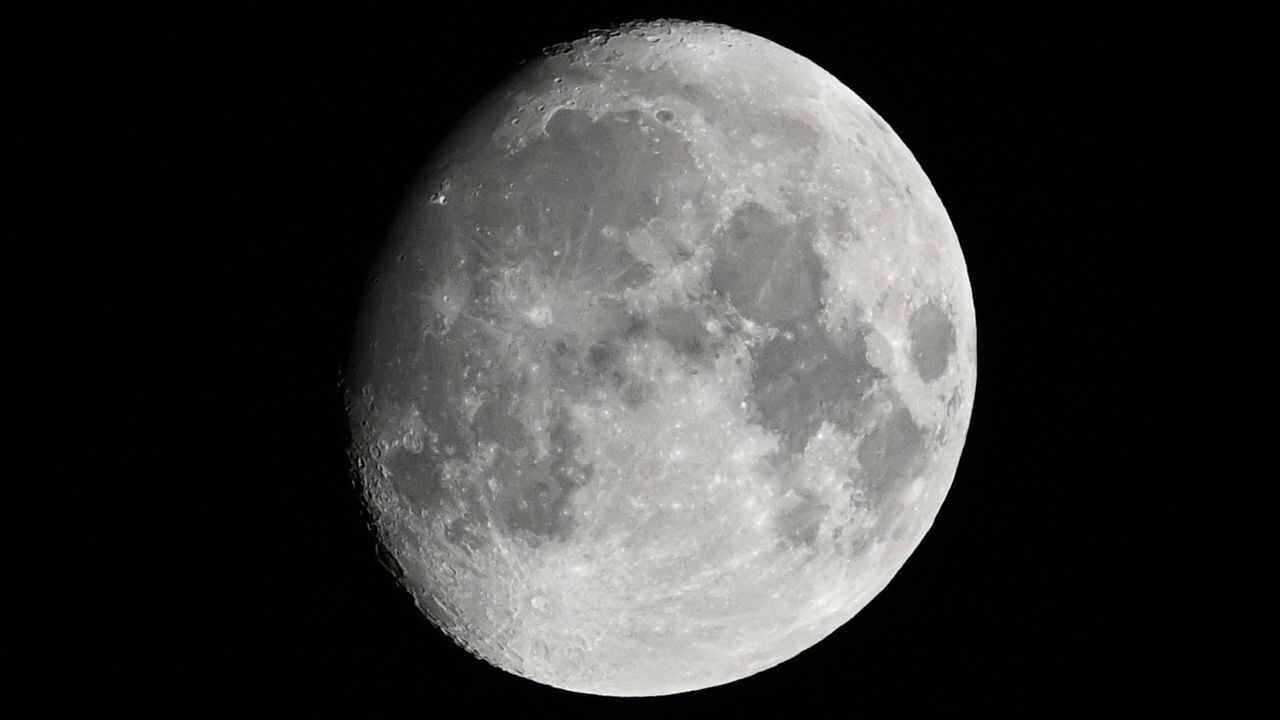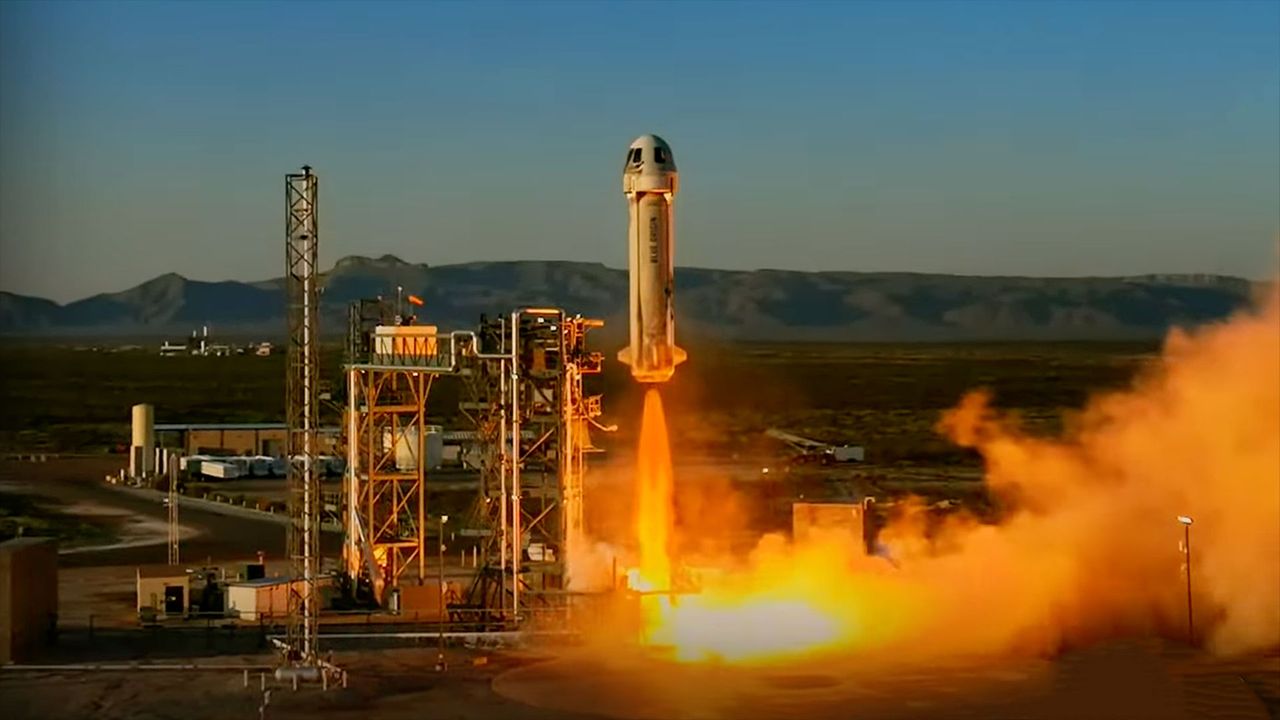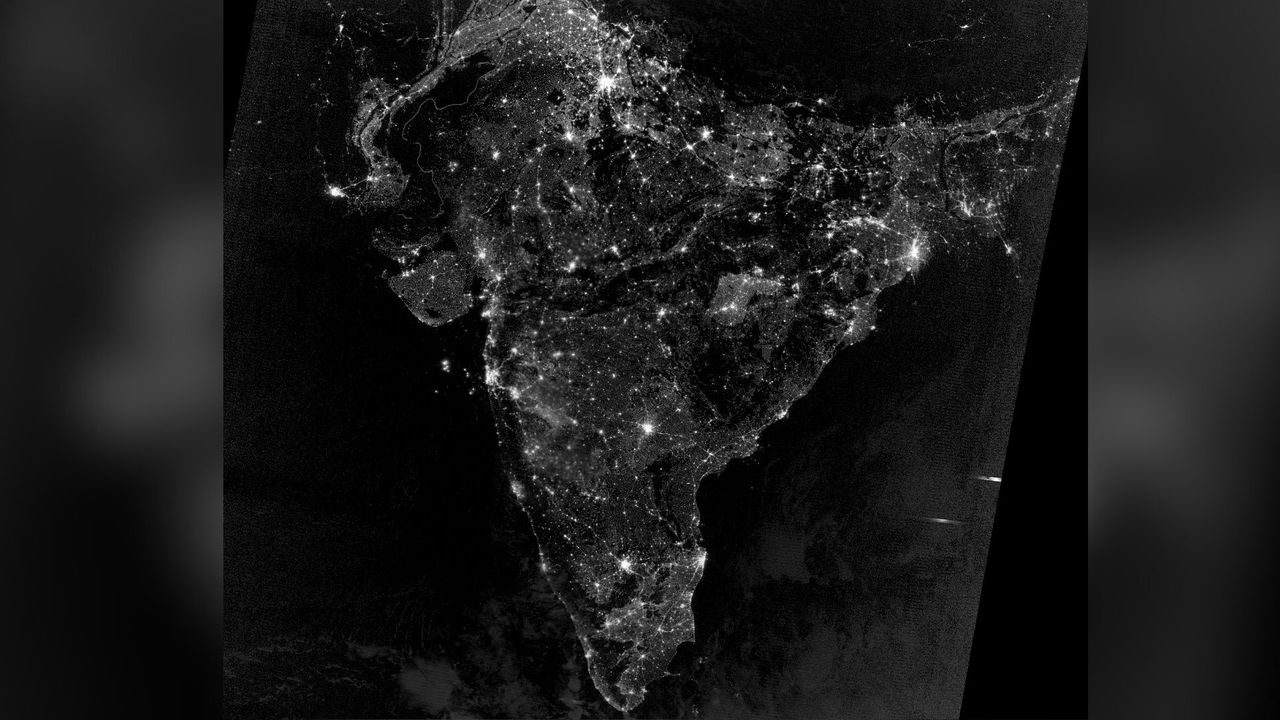Now Reading: Moon Aligns with Red Supergiant Antares in Night Sky Tonight
-
01
Moon Aligns with Red Supergiant Antares in Night Sky Tonight
Moon Aligns with Red Supergiant Antares in Night Sky Tonight

Quick Summary
- Event: On August 3, teh waxing gibbous moon (69%-lit) will shine close to the red supergiant star Antares in the Scorpius constellation.
- Location: Stargazers can look approximately 20 degrees above the southern horizon after sunset to see this celestial pairing.
- Appearance: Antares will appear as a luminous reddish point of light roughly one degree to the upper left of the lunar disk. As night progresses, it will skirt around the moon’s northern rim and eventually set below the southwestern horizon by early morning on August 4.
- Occultation (Southern Hemisphere): The moon will occult Antares – pass directly in front of it – visible from regions like Argentina, Chile, Antarctica, and others after 8:08 p.m. ET (0008 GMT on August 4).
- Antares Facts:
– A red supergiant located about 600 light-years from earth within our Milky Way galaxy.
– It is indeed approximately 700 times larger then our Sun and has transitioned to fusing heavier elements as its hydrogen fuel is depleted.
– Eventually, Antares will end its life in a spectacular supernova explosion.!Image showing location of moon and stars in Scorpius constellation
Indian Opinion Analysis
While astronomical events like this are globally significant for stargazing enthusiasts, they carry unique implications for India due to its growing interest in space exploration and public outreach programs. Events such as observing celestial phenomena inspire curiosity about science among citizens and align with initiatives promoting astronomy education at grassroots levels.Moreover, india’s geographical position may limit visibility compared to observations possible from Southern Hemisphere locations where occultation occurs; though, this serves as an opportunity for collaborative international engagements in astronomy research facilities-like those led by ISRO or academic partnerships abroad. By fostering interest through accessible viewing opportunities using telescopes or binoculars promoted during these events, India could sustain long-term enthusiasm for space sciences among youth who form a vital talent pipeline supporting advancements in space research missions such as Chandrayaan or Gaganyaan programs.
This event emphasizes how nurturing scientific curiosity while leveraging global resources can advance India’s burgeoning cosmic aspirations.


























